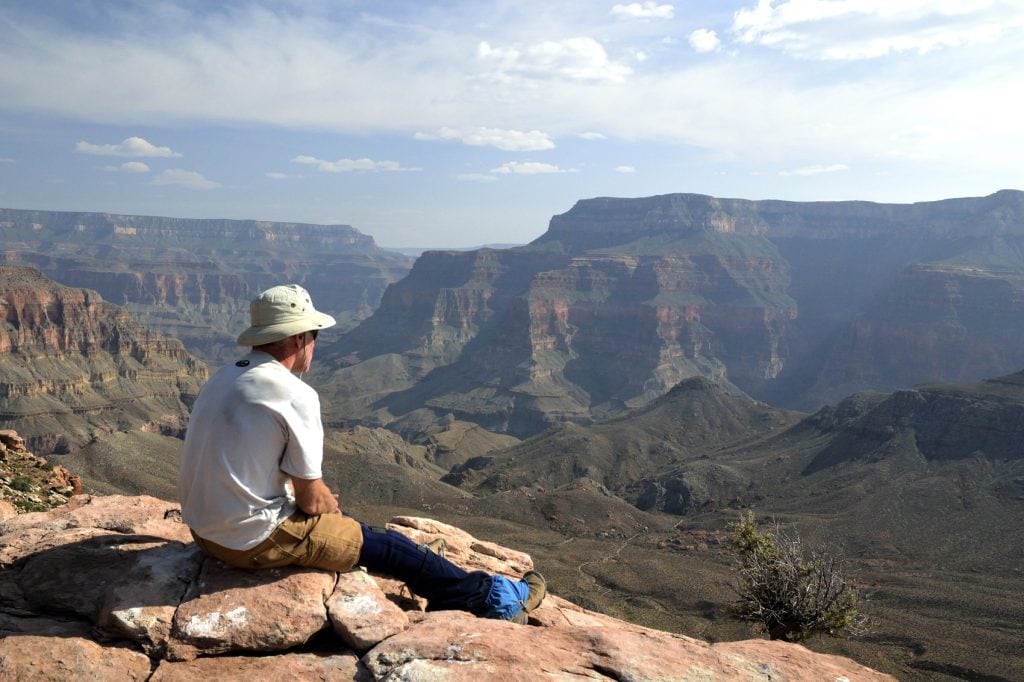State-of-the-art procedure renews hiker’s knees so he can return to the outdoors

At age 65, Redmond Manierre lives a more active lifestyle than most people in their mid-30s. He mountain bikes through his town of The Plains, Virginia, at least twice a week. He has hiked the Grand Canyon and participated in National Outdoor Leadership School. Recently, he decided to take up mountain climbing.
But what makes it all the more impressive is that a decade ago, Manierre was beginning to feel the effects of an arthritic condition in his knees. They had deteriorated to the point where there was very little tissue between the knee bones. While he was still able to participate in some outdoor activities, Manierre saw the writing on the wall and felt he needed to do something before the arthritic condition brought his active lifestyle to a halt.
On a whim, he attended a presentation at his local community center by Bart Hosick, MD, an orthopedic specialist at Northern Virginia Orthopaedic Specialists. Dr. Hosick was speaking about a relatively new procedure he specialized in –
MAKOplasty surgery, a robotic-assisted procedure that functions as a partial knee replacement. It’s a much less invasive procedure than a full knee replacement.
“For many, the arthritic condition is too advanced for this surgery,” said Dr. Hosick. He adds that patients can’t be excessively overweight, can’t be smokers or poorly controlled diabetics, and need to have a desire to be active again. Luckily, Manierre checked all of the boxes, and he elected to have the surgery.
After a brief recovery period, Manierre quickly felt like he had his knees back. Unlike full knee replacements, the MAKOplasty procedure preserves all of the patient’s knee ligaments, and reconstructs the areas around them. “It feels like a much more normal knee to the patient,” Dr. Hosick said. Within six months, Manierre was back to hiking, and even took on his biggest challenge yet: the Grand Canyon.
For Dr. Hosick, Manierre was the “poster child” for how MAKOplasty surgery can repair the knees without pain and allow the patient to return to the lifestyle he enjoyed.
“Our goal of surgery is to improve the quality of the patient’s life,” said Dr. Hosick. “Whatever surgery we do, we want to restore an active, pain-free lifestyle. The greatest reason people delay surgery is the fear of pain, and MAKOplasty is a much less painful, less invasive surgery that gives patients back their lifestyles, like Mr. Manierre’s – which is very active.”
Manierre, who didn’t take up mountain climbing until after the surgery, wasn’t shy to sing Dr. Hosick’s praises. “I have absolute confidence in him. He was an absolute pleasure to deal with,” he said. “He has, for lack of a better word, the best bedside manner of any physician I’ve ever met.”
Share your remarkable story with us so we can recognize your physician for his or her dedication to extraordinary patient care here.